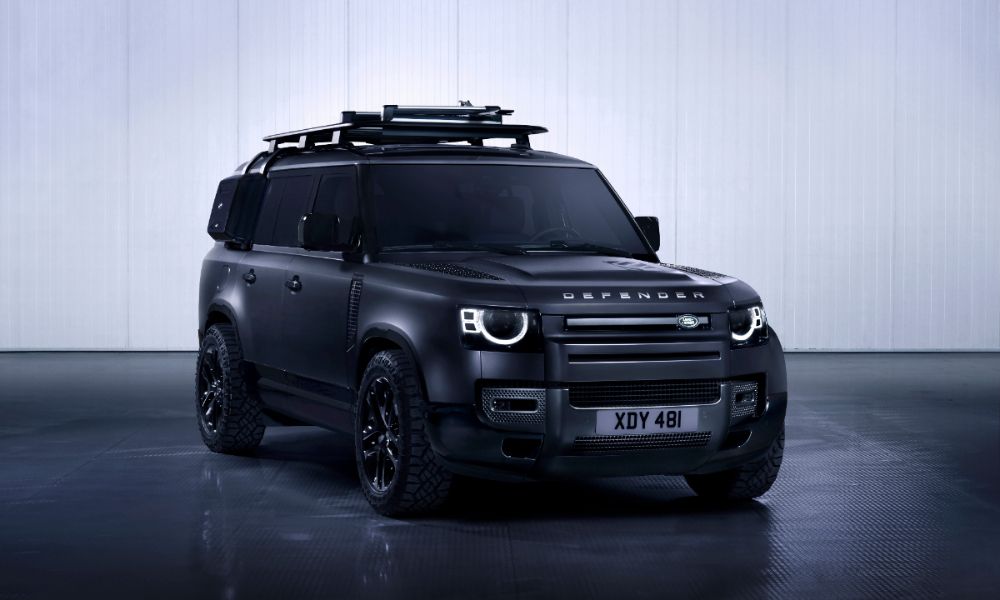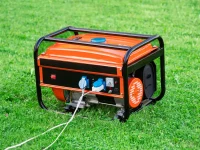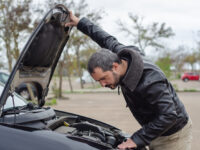The Ultimate Guide to 4×4 Overlanding for Beginners

Welcome to the world of overlanding – a realm where you can blend adventure and nature, challenge your off-road driving skills, and experience the sheer joy of exploring the great outdoors. In this guide, we’ll walk you through everything you need to know about 4×4 overlanding, especially if you’re a beginner.
This post will take you from the fundamentals of the sport to the intricacies of planning and executing a successful overlanding trip. So, buckle up, and let’s take the road less travelled.
What is 4×4 Overlanding?
Before we dive into the specifics, it’s important to understand what 4×4 overlanding is all about. Unlike traditional off-roading, where the thrill of the drive or reaching a specific destination is the ultimate goal, overlanding focuses on the journey itself.
It’s a self-reliant adventure travel to remote destinations where the journey is the principal goal – the scope can vary from a weekend trip to years on the road. The critical aspect is the desire to get off the beaten path and explore less accessible and often less populated areas.
Choosing the Right Vehicle
The first step to starting your overlanding journey is to select the right 4×4 vehicle. Remember, the aim is to have a reliable vehicle that can withstand varied terrains and weather conditions. This doesn’t mean you need to break the bank – many beginners start with used vehicles and gradually upgrade them with necessary modifications. Some popular choices for overlanding vehicles include Toyota Land Cruiser, Jeep Wrangler, Land Rover Defender, and Nissan Patrol.
Essential Equipment
While overlanding can be minimalist, certain types of gear are essential. These include:
- Navigation System: Reliable maps, a GPS unit, and compass are essential. In the wilderness, cell service is often unreliable or non-existent.
- Recovery Equipment: You should have tools for vehicle recovery if you get stuck, such as a winch, traction mats, and a hi-lift jack.
- Camping Gear: Depending on your comfort level, this can range from a simple tent and sleeping bag to more advanced rooftop tents and camping stoves.
- Communication Devices: Two-way radios can be a lifesaver in areas where there is no cell reception.
- First-Aid Kit: It’s important to carry a comprehensive first-aid kit and know basic first-aid procedures.
Learning Off-Road Driving Techniques
Overlanding isn’t just about the gear or the vehicle; it’s also about the skills you bring to the table. Learning off-road driving techniques is critical. This includes understanding how to traverse different types of terrain, how to recover your vehicle if it gets stuck, and how to navigate in the wilderness. There are various off-road driving courses available that can help you acquire these skills.
Planning Your Adventure
Planning is an integral part of 4×4 overlanding. You need to be aware of your route, weather conditions, legal requirements, potential hazards, and local customs (if travelling internationally). Remember, the spirit of overlanding is exploration and respect for the areas you visit. Always adhere to the “Leave No Trace” principles to minimise your impact on the environment.
Maintenance Knowledge
An often-overlooked aspect of overlanding for beginners is vehicle maintenance knowledge. Knowing how to perform basic vehicle maintenance and repairs can be the difference between a minor inconvenience and a disastrous end to your journey.
Ready to get started?
4×4 overlanding is an exhilarating way to connect with nature and challenge your abilities. It requires a blend of preparation, knowledge, and a willingness to embrace the unexpected. Remember, the journey itself is the destination – happy overlanding!







